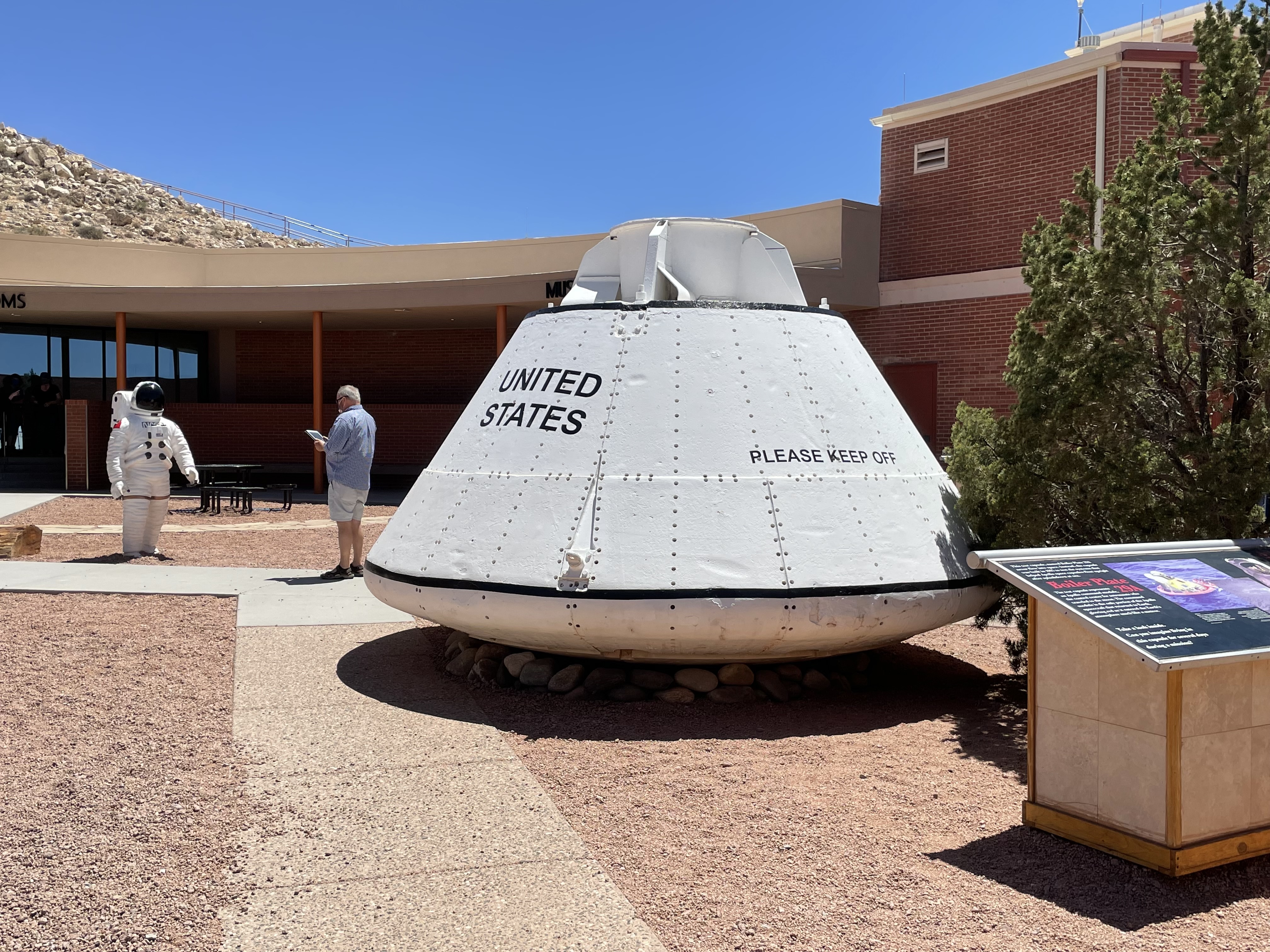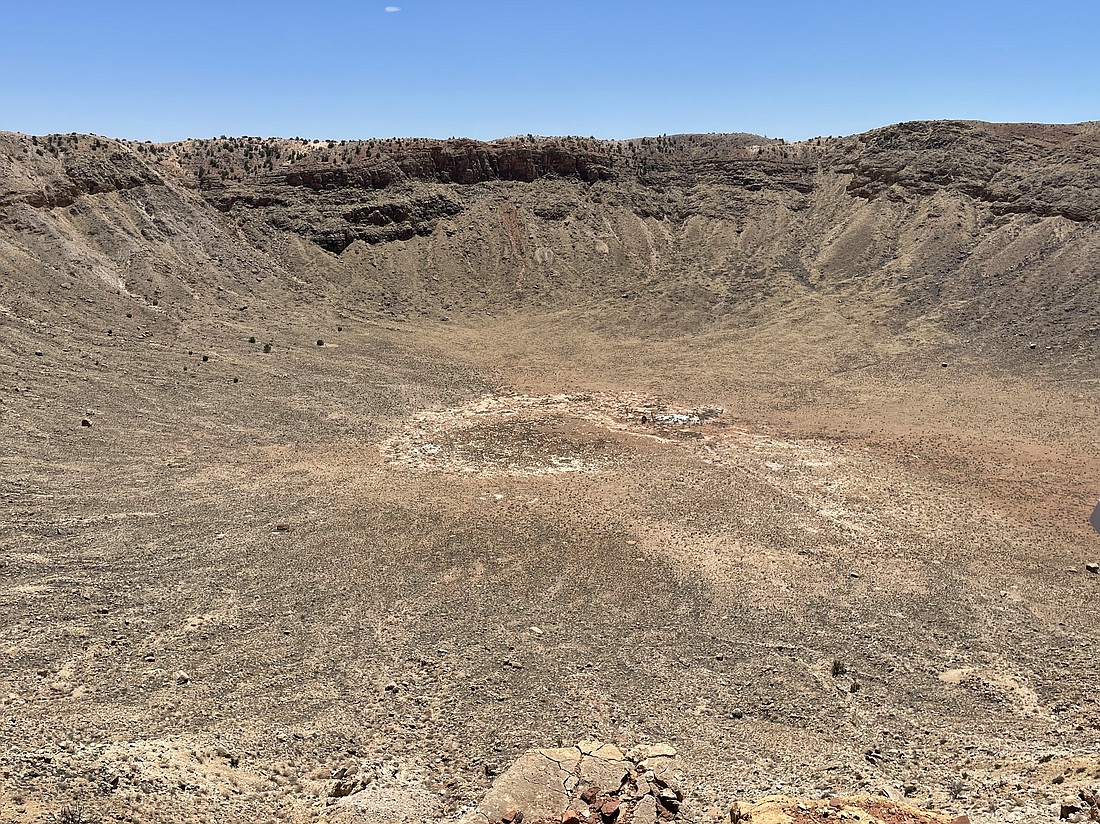Space collides with earth in the Arizona desert
Travels with Deb
July 27, 2021 at 6:00 a.m.
...by DEBBIE STONE

_nVGS3YB.JPG)
.JPG)
.JPG)
.JPG)






